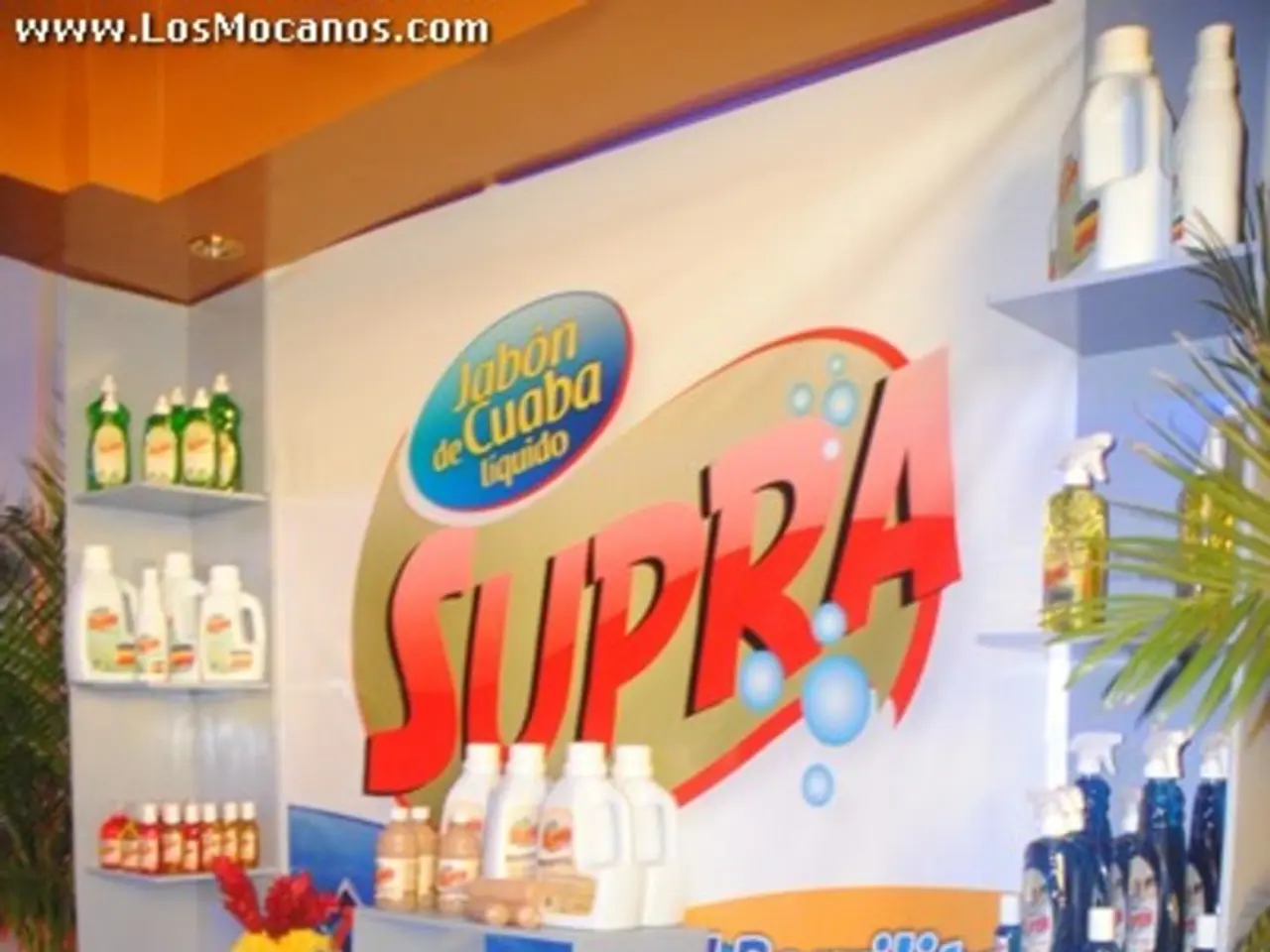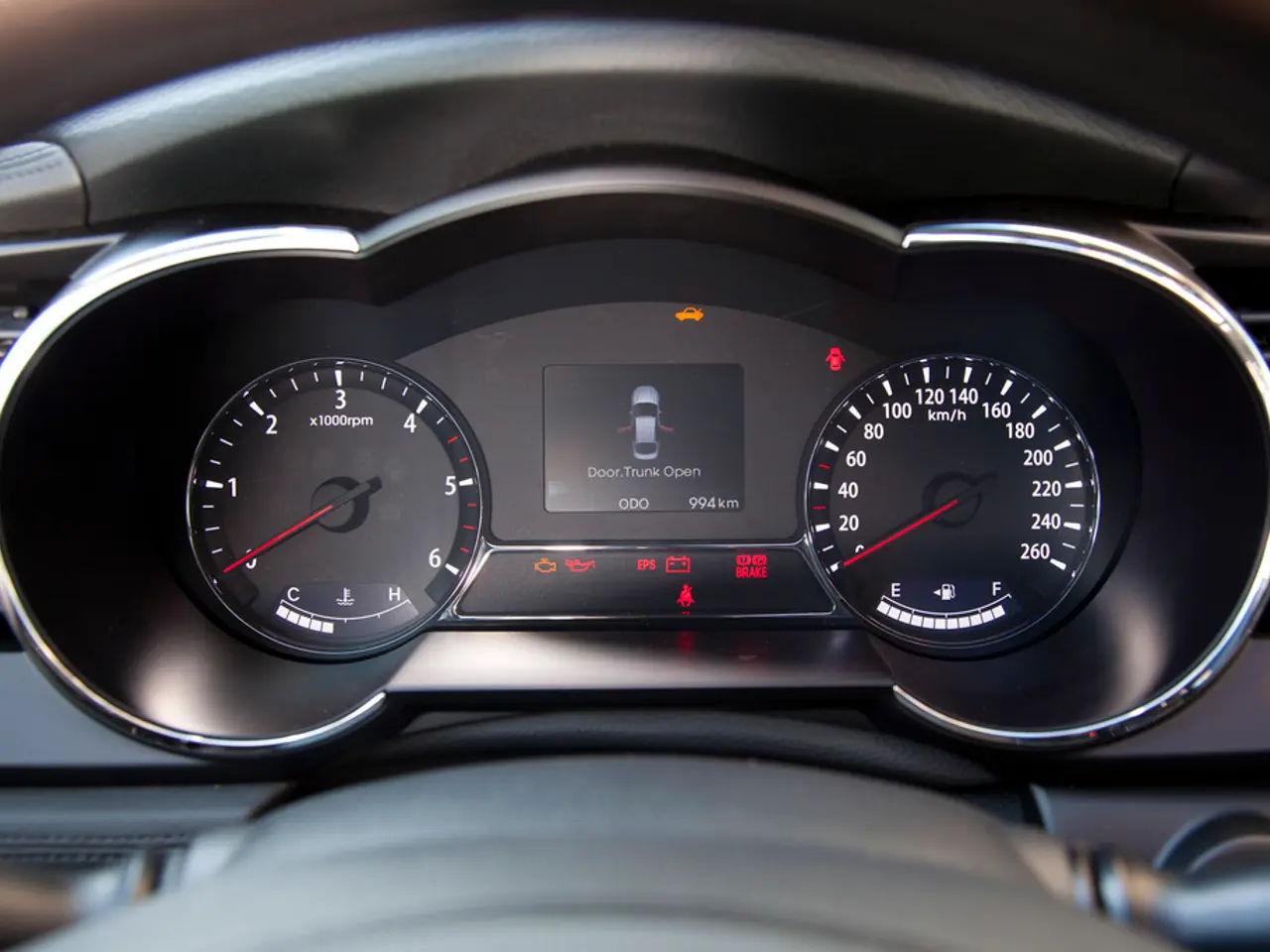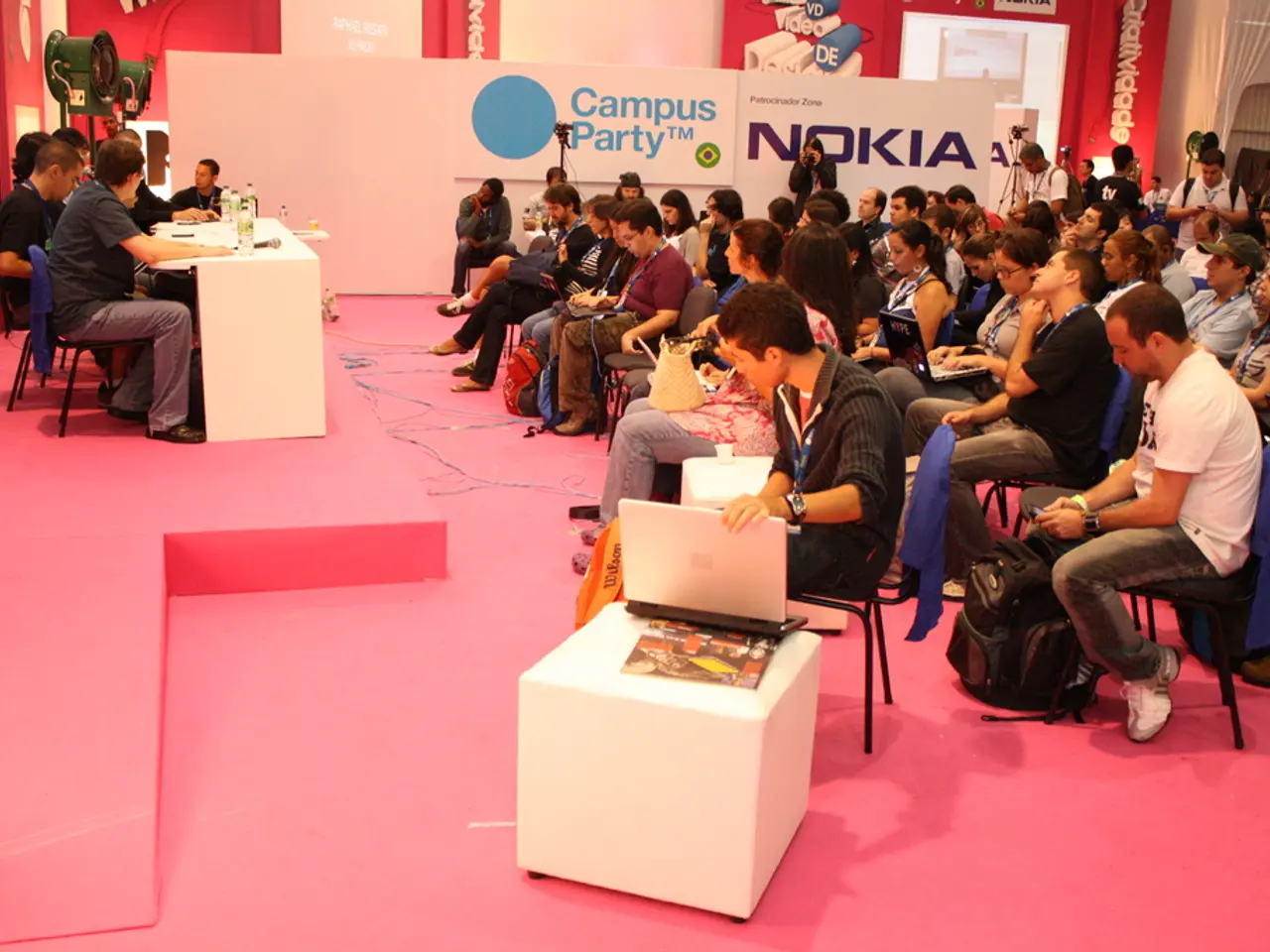Luxury brand Hermès defies the industry slump, reporting a robust 9% increase in sales during Q2.
Hermès Outperforms Luxury Brands in Sluggish Market
Wealthy consumers in China are changing their shopping habits for luxury goods, but one brand has managed to hold steady: Hermès. Despite a broader decline in luxury spending in China and the challenging market conditions, the French luxury goods company has seen a modest 3% increase in sales in the Asia-Pacific region.
According to a report, Hermès' success can be attributed to its strong focus on leather goods, effective price increases, controlled distribution, emphasis on heritage craftsmanship, and resilience across global regions.
The brand's core segment, leather goods and saddlery, experienced a 12% revenue increase in H1 2025, significantly outpacing rivals like LVMH’s Louis Vuitton and Dior in this category. Hermès' pricing resilience and strategic price hikes, notably in the U.S., have also contributed to its success. The brand passed on tariffs to customers without dampening demand, reflecting its pricing power with affluent clientele.
Hermès' global expansion has been balanced, with double-digit growth in Europe (excluding France), Japan, the Americas, and the Middle East, offsetting slower sales in France and China. The company's tightly controlled distribution and vertical integration, which preserves brand exclusivity and luxury appeal, have shielded Hermès from volatility and reputational risks faced by peers.
The luxury sector has been facing headwinds, such as the slowdown in tourism, tariff effects, and softening demand in some Asian markets. These challenges have heavily affected competitors like LVMH and Gucci, which saw a 3% revenue decline and creative transition challenges, respectively. However, Hermès' ultra-luxury positioning and heritage-focused model appeal to ultra-high-net-worth customers who remain less sensitive to price rises and economic uncertainties.
Despite the new 15 percent levies announced under a recent EU-US trade pact, Hermès has no plans to increase prices further, at least for now. The company raised prices in the U.S. this spring to offset rising tariffs, and sales still jumped more than 12 percent.
Demand for Hermès' iconic Birkin bag shows little sign of slowing, and global auction sales dropped 6% in the first half of 2025, according to a report. Hermès continues to outperform its luxury brand competitors in a struggling market, demonstrating its resilience and adaptability in the face of challenging conditions.
In the face of the sluggish luxury market in China, Hermès, a French luxury goods company, has managed to outperform its competitors, with a 3% increase in sales in the Asia-Pacific region. This success is owed to its focus on leather goods, strategic price increases, controlled distribution, emphasis on heritage craftsmanship, and resilience across global regions, allowing it to flourish in the fashion-and-beauty, finance, and business sectors.
Demonstrating its pricing power with affluent clientele and managing to pass on tariffs to customers without dampening demand, Hermès has shown tremendous resilience in the industry, outperforming rivals like LVMH’s Louis Vuitton and Dior in the leather goods category, with a 12% revenue increase in H1 2025. The brand's flexible approach, evident in its ability to balance growth in various regions, has shielded it from the challenges faced by other luxury brands like LVMH and Gucci in the market.




